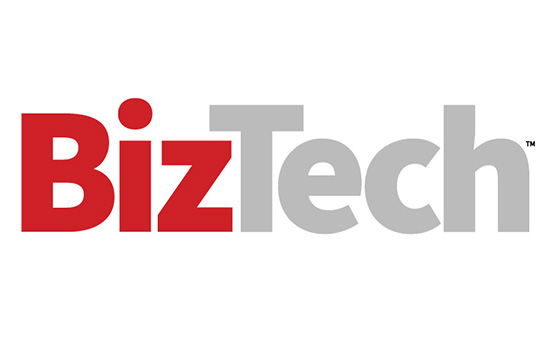Most U.S. small businesses lack any in-house IT support or cybersecurity expertise, making them uniquely vulnerable to attacks. In fact, one in five small businesses don’t have any endpoint protection in place, according to NinjaOne. And hackers are taking advantage, using poor device configuration as an entry point.
But businesses can combat these attacks by retooling this entry point. Here are three ways that IT leaders can achieve centralized device management and proper hardware configurations.
FIND OUT: How small businesses can offload IT burdens with third party services.
1. Gain More Comprehensive Control
Centralized device management allows small businesses to manage all devices from a single platform, making it easier to ensure uniform security policies across the organization. This also streamlines updates, so all devices are maintained regularly. Since security measures are being updated constantly, this is a distinct advantage over configuring devices one at a time.
Using cloud-based unified endpoint management (UEM) software, such as Microsoft Intune or IBM MaaS360, also allows SMBs to enact comprehensive control over a broad range of endpoint devices, from laptops and smartphones to Internet of Things devices. This also extends to devices that run on different operating systems. NinjaOne Endpoint Management, for instance, enables businesses to monitor and manage all Windows, macOS, Linux, Simple Network Management Protocol, virtual and cloud devices from a single console, which improves endpoint security.
“If you look at a Venn diagram of endpoint management and endpoint security, they’re overlapping more every day,” Gabe Knuth, senior analyst with Enterprise Strategy Group, tells BizTech.
It’s no longer enough to rely on firewalls or anti-virus software; protecting your endpoints requires a dedicated, modern approach.”
Nick Suda
Solution Architect, CDW
2. Better Compliance Enforcement and Data Protection
As SMBs face wide-ranging regulations based on their respective industries and locations, centralized device management provides a one-stop-shop for all reporting and analytics so they can maintain compliance across devices — without having to do everything manually.
UEMs like Ivanti Endpoint Manager, for instance, which uses machine learning (ML) and artificial intelligence (AI) to monitor devices, can identify compliance issues and remediate them automatically.
RELATED: The mobile device management solutions that can fuel your business.
With constant monitoring, centralized device management also makes it easy to identify when a device is lost or stolen — and wipe these devices remotely to prevent unauthorized access to sensitive information. A capability that’s extremely important as 97 percent of stolen devices are never recovered.
“Remote wipe capabilities are an essential component of modern IT security strategies,” writes Lauren Ballejos, IT editorial expert at NinjaOne. “They play a critical role in protecting sensitive data, preventing security breaches, and maintaining business integrity.”
1 in 5
The number of small businesses that have no endpoint protection in place
Source: NinjaOne, “7 SMB Cybersecurity Statistics You Needs to Know in 2025,” March 12, 2025
3. Enhance BYOD Security
83% of U.S companies have a bring-your-own-device policy, and SMBs are following that trend. In fact, limited resources often mean that small business employees use their personal devices for work, and this only multiplies the number of vulnerable endpoints.
However, centralized device management allows teams to address the added security risks by enforcing app management and security configurations (e.g., multi-factor authentication, patch management) in an affordable and scalable way.
This is part of why many companies implement an effective mobile device management (MDM) solution within their broader UEM software. Nearly half of BYOD organizations have seen malware introduced through an employee’s personal phone, according to Samsung, making mobile device management solutions a must.
“When an endpoint is compromised, it can act as an open door, giving attackers access to your entire network,” explains CDW expert Nick Suda. “For this reason, endpoint security is a critical component of your overall cybersecurity strategy. It’s no longer enough to rely on firewalls or anti-virus software; protecting your endpoints requires a dedicated, modern approach.”
The Value of Outsourcing Device Management and Configuration
For organizations that lack in-house IT support and cybersecurity teams, working with a tech partner can reduce the burden.
“A managed service provider has a broad view of technologies and issues that are in the marketplace because they’re handling a lot more,” Ron Walker, U.S. leader for managed services at KPMG, tells BizTech. “They understand architecture and the opportunities to improve architecture more broadly than an organization or an individual who may have only seen their own environment.”
Get BizTech’s small business insights delivered to your inbox. Sign up for our newsletter.


Prostock-Studio/Getty Images












